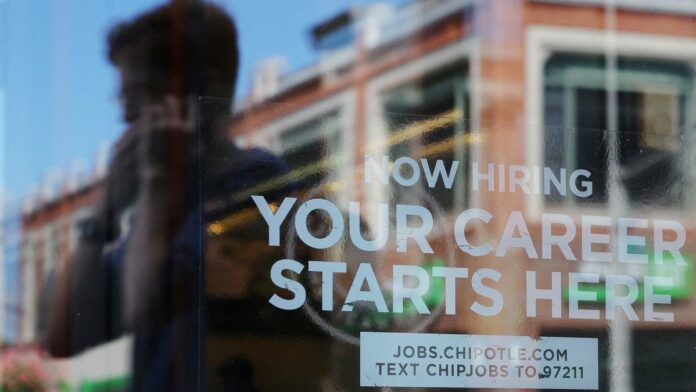No, you’re not imagining it—menu prices are rising. But US restaurant workers are seeing their pay increase even faster than food prices, and it’s helping to chip away at wage inequality.
In the last decade, restaurant workers’ wages have risen about 66%, while prices for food consumed outside the home have increased by 48%, according to a Quartz analysis of data from the US Bureau of Labor Statistics (BLS).
What’s happening here?
Until 2017, restaurant wages and prices closely tracked each other. But as the labor market tightened even before the pandemic, wage growth started to exceed price growth—in part due to increases in state minimum wages, said Erica Groshen, a labor economist at Cornell University and former commissioner of the BLS. Then the pandemic hit, which exacerbated the tight labor market.
As a result, from 2019 to 2022, workers in the 10th percentile of earners saw wages grow by 9%, while top earners (or those in the 90th percentile) saw wages grow 4.9%, according to an analysis by the left-leaning Economic Policy Institute of Current Population Survey data.
Groshen said it will take some adjustment for businesses “to see that we are maybe in a world where we’re not going to have this continually widening inequality, where we’re going to have lower-wage workers actually increase their standard of living.”
Restaurants and other low-wage employers will need to change their business models
There are other factors contributing to the sustained tight labor market for low-wage workers. One reason is that many of those workers are newly eligible for higher-paying roles, now that the bias against hiring people without college degrees for higher-wage jobs—prominent in the 1990s and early 2000s—has started to recede. Companies including IBM and Accenture no longer insist on four-year degrees for many roles, while at least 10 states—including Alaska, California, Canada, Colorado, and New Jersey—have dropped college degree requirements for government jobs. Also, immigration slowed dramatically during the pandemic, exacerbating the tight US labor market.
How long will the wage growth trend last? In a world that’s already experimenting with self-service models and robot chefs, that probably depends on how quickly employers of low-wage workers invest in automation.


